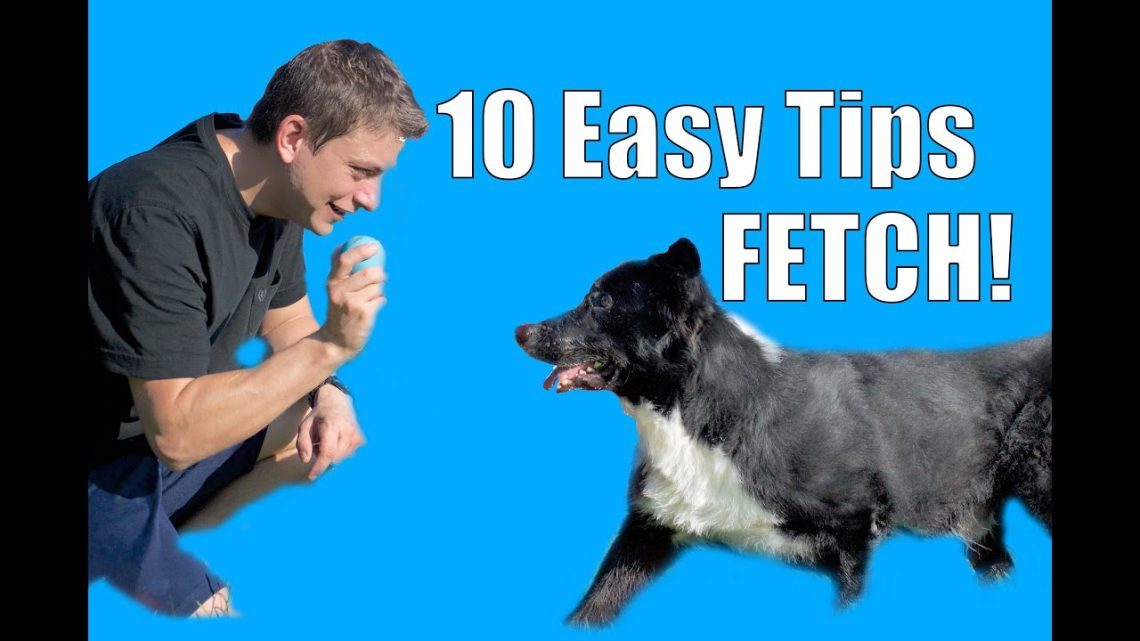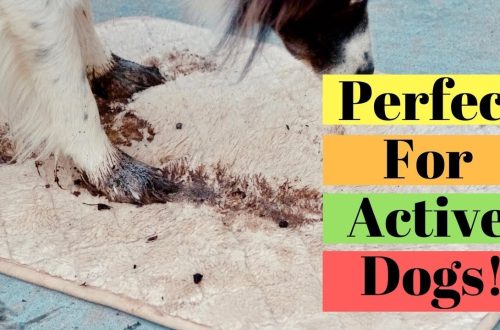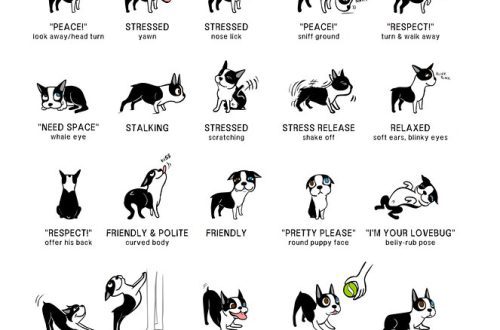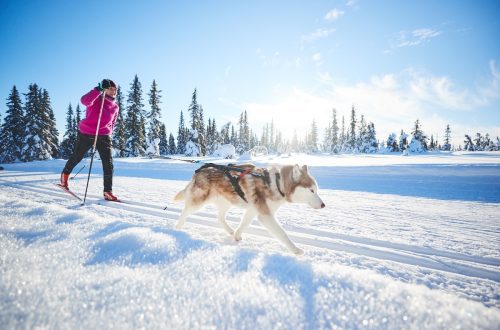
How to teach a dog to fetch?
The game of a man with a dog begins with the presentation of an object – this is an important ritual. It is better to choose a soft object of such length that the dog can cling to it, and not to your hand when you hold it. It can be a tourniquet made of cloth or an object on a stick. As you learn, it would be nice to use different subjects.
Contents
Fetch training with a toy
Take the pet on a leash (it should not be very long, but not short). Hold it in your left hand. Take a starting position. Take out the play item with your right hand and show it to the dog. Then give the command “Sit!” and put the dog in the starting position. Always do just that. The signal for the game should not be the appearance of a toy in your hands, but a special command (for example, “Up!”). You can also come up with your own version.
Take a short pause, after which give the command “Up!” and start the game. It should be similar to the pursuit: the movements of the toy should remind the pet of the movement of a living object. The speed of movement of the object should be such that the dog does not lose hope of catching it, and with it the interest in the game.
When the dog finally overtook the toy, it’s time to move on to the next stage of the game – play fighting. A person can hold a toy with his hands or feet, pull it in different directions, drag it along, make jerks, twist it, lift it high above the ground, hold it while intensively stroking or spanking the dog, and the like. At first, this struggle should be short and not very intense. Every 5-7 seconds of such a fight, you should let go of the toy, take a few steps back, pulling the dog by the leash, and again engage in play fighting.
The next stage of the game is the return of the item. This exercise will make it clear to the dog that the game is much more difficult than just grabbing the toy and carrying it away. The game is to fight and win, and dogs love both. Soon, the pet will begin to resort to you with a toy in its mouth and demand that you play with it again.
It is important to teach the dog to give away the object, and this should be done at the very beginning of the game, when the dog has not yet played out very much. It should be made clear to the dog that giving the item to the owner does not mean the end of the game. This is her essential element.
Stop. Drop the leash and grab the toy with your left hand. Give the dog the command “Give!” and bring a piece of goodies to her nose – that is, make an exchange. To take food, the dog will have to let go of the toy. Then lift the toy higher so that the dog can’t reach it. Feed her 3 to 5 pieces of food, command her to play again, and start playing as described above. Repeat this play cycle 5-7 times, then take a break – put the toy away and switch to any other activity.
When you see that the dog willingly brings you a toy to continue the game, and easily gives it away, modify the game situation. Start the game with the dog on a leash. After the pursuit phase, do not give her the opportunity to catch up with the toy, but throw it to the side at a distance of one to two meters. Let the dog grab it and take 5-7 steps back. In principle, the dog should already bring you an object to start a play fight, but if this does not happen, pull it towards you with a leash and start a play fight. After a short pause, offer the dog a chase and discard the toy again. Repeat this game exercise several times and take a break.
As the dog’s fitness grows, discard the toy more often so that the dog brings it to you, and at some point the play fight will drop out of this cycle. This means that you have taught the dog to bring you a discarded object. But during the walk, play with the dog in all versions of the game, otherwise it may get bored with doing the same thing.
Training with an edible object
If your pet doesn’t like to play (and there are some), take advantage of his love of treats. In order to eat something, this “something” must be taken into the mouth. This simple truth can be used – to make an object of fetching out of an edible object, which, naturally, will make the dog want to grab it.
Get a good natural bone (such as “mosol”), tendon or compressed from bone chips. Find a bone that would make your dog’s eyes light up, and sew a suitable bag of thick fabric for this bone – this will be a cover for it. You can buy a hollow toy made of rubber or soft plastic and fill it with something your dog loves.
Now we need to prove to the dog that in order to satisfy its nutritional needs, it should not chew what the owner calls “fetch”. It should simply be held in the mouth, and after that the owner will happily give out a portion of the delicacy.
Put the dog in the starting position and, repeating the command “Fetch!”, let it sniff and take an edible fetching object into its mouth. If the dog tries to immediately lie down and start eating, do not let him do this: walk with him a couple of steps, stop and with the command “Give!” exchange the fetching item for a treat. Usually dogs willingly go for such a natural exchange.
Since in this case there are no problems with taking the object into the mouth, almost immediately you can begin to train holding the object in the mouth, carrying it and returning it to the trainer on the “Give!” command. Move with the dog on the command “Near!”, changing the pace and direction of movement. From time to time stop, change the item for a treat, and give it back to the dog.
When the dog is good at holding the object in its mouth, teach it to bring it to you. Sit the dog in its original position, show it an object, slightly animating it, and drop it 3-4 steps. Don’t throw too far yet: the dog must understand the principle of operation. Then command “Aport!” and let the animal run up to the object and take it in its mouth. Keep repeating the command “Fetch!” and force the dog to bring the object to you, either by running away from it or by pulling it up on the leash. Practice without increasing the distance of the throw until you are sure that the dog understands what you want from him. Usually this is immediately visible: after grabbing the object, the dog immediately goes to the trainer.
Managing your pet’s instincts
There are several other ways to teach your dog to fetch. One of them is based on the species-typical, hereditary behavior of dogs. Almost all dogs will run after someone who runs away from them, or grab something that flies past their muzzle. It’s in their blood, and to use it in training, you need to know the following technology. Start your workout at home. Prepare a handful of treats and a fetching object. Sit on a chair, call the dog, cheerfully command “Aport!” and start waving the retriever in front of the dog’s face. Do it in such a way as to make the dog want to grab the object. As soon as the dog grabs the object, immediately change it to a piece of food. Repeat the exercise, feed all the treats in this way and take a break. Repeat these activities throughout the day until the dog is satisfied.
As you progress in learning, reduce the intensity of waving the object. Sooner or later the dog will take the object brought to its muzzle. Then start lowering the hand with the object lower and lower and finally put the hand with the object on the floor. Next time put the item on the floor. Gradually keep your palm higher and higher from the object. And in the end, you will achieve that you put the object in front of the dog and straighten up, and he will pick it up and exchange it with you for tasty food. Next time, don’t put the object in front of the dog, but toss it a little to the side. That’s it – the aportation is ready!
Passive flexion method
If for some reason the above methods did not help you train your dog to fetch, use the passive flexion method.
To begin with, teach the dog to hold the object in its mouth on command and give it away on command.
Stand with the dog in the starting position. Turn around to the pet, bring the fetching object to the muzzle of the animal, give the command “Fetch!”, open the dog’s mouth with your left hand, and put the fetching object into it with your right hand. Use your left hand to support the dog’s lower jaw, preventing it from spitting out the object. Fix the animal in this way for 2-3 seconds, then command “Give!” and take the item. Feed your dog a few treats. Repeat the exercise several times.
If you did not hurt the dog, he will quickly understand what is required of him and begin to hold on to the object. Remove your left hand from under the lower jaw. If at the same time the dog spits out the object, scold it, expressing your displeasure and indignation, but no more. Put the object back in the mouth, fixing it, then praise the dog, sparing no affectionate words.
Usually interested in food and respecting the owner, the dog quite quickly begins to grab the object brought to its muzzle. From exercise to exercise, offer the object lower and lower and finally lower it in front of the dog. If you can’t get your dog to pick up the object from the floor or the ground, go back to the earlier versions of the exercise. And after 2-3 sessions, try again. As soon as the dog starts to take the object from the floor, try to throw it to the side, for starters, no more than a step.
A dog that understands that he will get a tasty meal in exchange for taking an object in his mouth will easily learn to fetch.
And one more piece of advice: if the pet pretends to suffer from a lack of appetite, and you really want to teach him how to fetch, then feed him only after he takes the object in his mouth. Pour out the daily allowance of food and feed it during the fetching exercises during the day. A fail-safe way, provided that you don’t feed the dog just like that.





